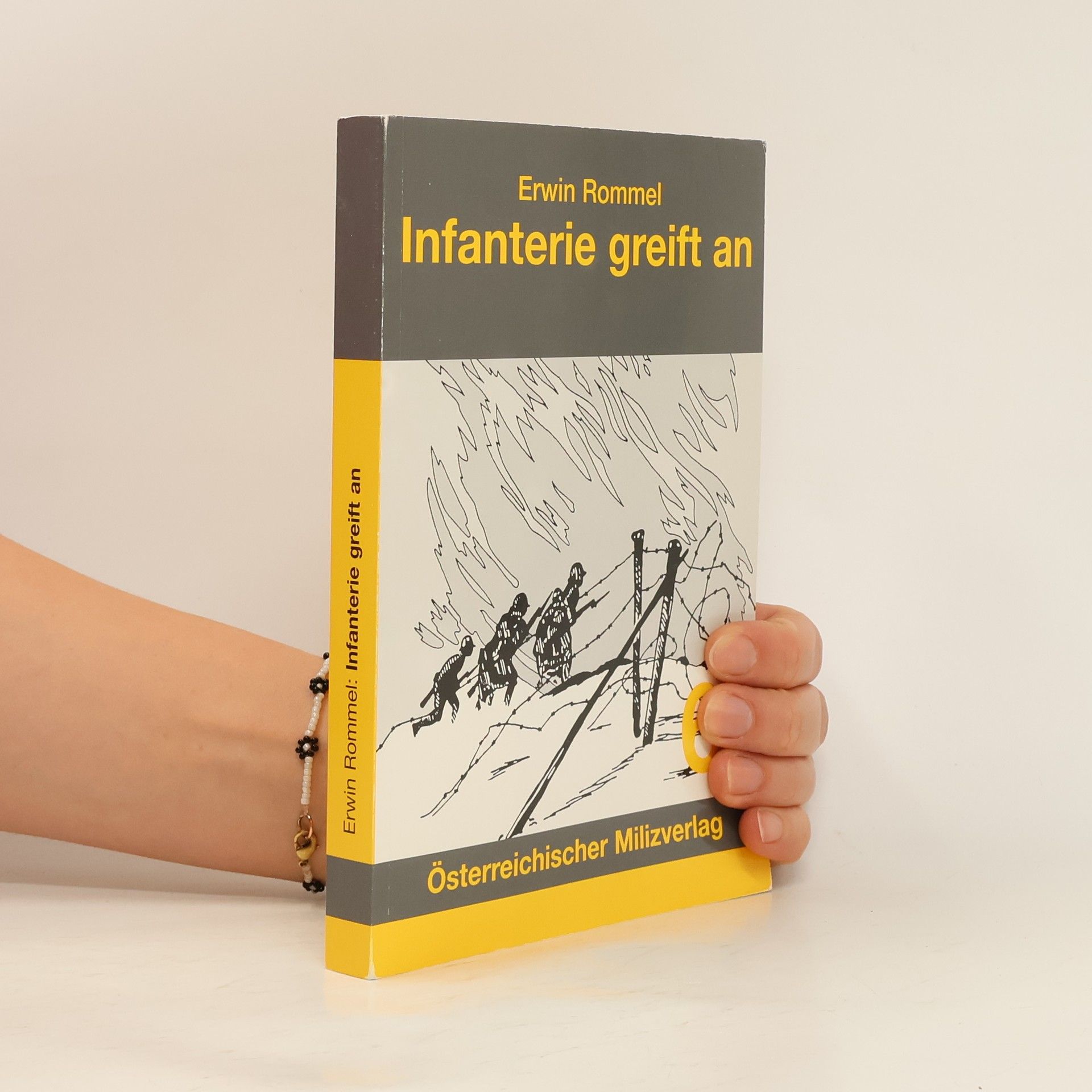Erwin Rommel Bücher
Dieser Autor ist vor allem für seine militärische Laufbahn als Generalfeldmarschall in der deutschen Armee während des Zweiten Weltkriegs bekannt. Seine taktischen Ansätze, die er aus den Erfahrungen des Ersten Weltkriegs verfeinerte und in seinem klassischen Werk darlegte, sind Gegenstand des Studiums geworden. Seine Führung in der nordafrikanischen Kampagne brachte ihm den Spitznamen „Wüstenfuchs“ ein, der seine Fähigkeiten als Panzerkommandeur unterstreicht. Die Figur des Autors und seine Beziehung zum damaligen politischen Regime bleiben bis heute Gegenstand historischer Debatten und Interpretationen, was ihn zu einer komplexen und vielschichtigen Persönlichkeit macht.






Infanterie greift an
12. Isonzoschlacht
Der im Zweiten Weltkrieg als „Wüstenfuchs“ bekannt gewordene Erwin Rommel wurde am 15. November 1891 in Heidenheim an der Brenz geboren. Nachdem er sich für die Militärlaufbahn entschieden hatte, trat er 1910 als Fahnenjunker in das Infanterie-Regiment „König Wilhelm I.“ (6. Württembergisches) ein. 1912 zum Leutnant befördert, kämpfte er mit Beginn des Ersten Weltkriegs an der Westfront. Ab Oktober 1915 war Rommel, inzwischen zum Oberleutnant befördert, Kompanieführer beim Württembergischen Gebirgsbataillon. Ende 1917 wurde das Bataillon an die Isonzo-Front verlegt und nahm am Gebirgskrieg teil. Im Januar 1918 wurde Rommel als Ordonnanzoffizier in den Stab des Württtembergischen Generalkommandos z. b. V. 64 versetzt und erlebte dort das Kriegsende. Für seinen Einsatz im Ersten Weltkrieg wurde Erwin Rommel mit dem Eisernen Kreuz zweiter und erster Klasse ausgezeichnet, sowie mit dem Orden Pour le Mérite. 1937 erscheint Erwin Rommels Buch „Infanterie greift an“, in dem er ausführlich über seine Einsätze und Erfahrungen aus dem Ersten Weltkrieg berichtet.
Pěchota útočí
- 335 Seiten
- 12 Lesestunden
Ačkoli si většina čtenářů spojuje Rommela s jeho africkou kampaní za druhé světové války, v níž si vydobyl auru neporazitelnosti, první kroky ke své pověsti génia učinil již ve válce první. V této knize z roku 1935 popisuje své největší bitvy, ukazuje způsob, kterým je vyhrál, svou strategii a použití obrněných sil. Graficky znázorňuje rychlý postup svých jednotek, který jej proslavil jako agresivního velitele skvěle využívajícího jak terén, tak slabosti nepřítele. Tyto lekce válečného umění znal nejen každý německý velitel, ale staly se studijním materiálem i pro Pattona a další spojenecké velitele.